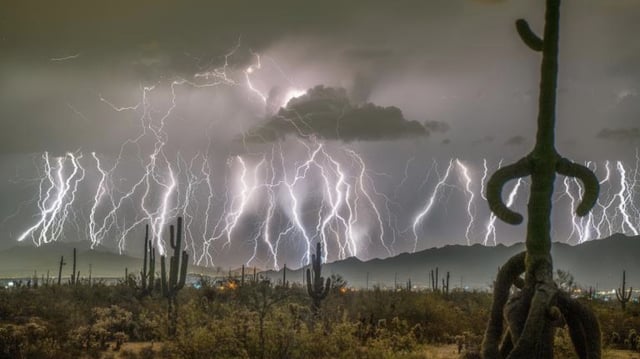Overview
- The World Meteorological Organization has officially recognized a 515-mile megaflash from October 2017 as the longest single lightning flash ever measured
- Atmospheric scientist Michael Peterson identified the event in 2024 by reanalyzing archived GOES-16 satellite data and flagged the October 2017 storm as a record-breaker
- Geostationary lightning mappers aboard GOES, Europe’s MTG and China’s FY-4 satellites now provide continuous global coverage and support new studies of megaflash formation and forecasting
- Megaflashes—defined as discharges exceeding 100 km—occur in fewer than 1 percent of storms and most often arise in large mesoscale convective systems over hotspots like the U.S. Great Plains
- The 2017 megaflash generated at least 116 cloud-to-ground strikes along its path, underscoring wildfire, infrastructure and aviation risks and prompting updated public safety guidance

